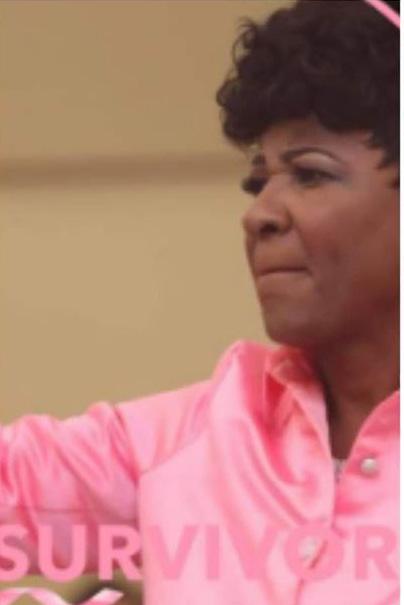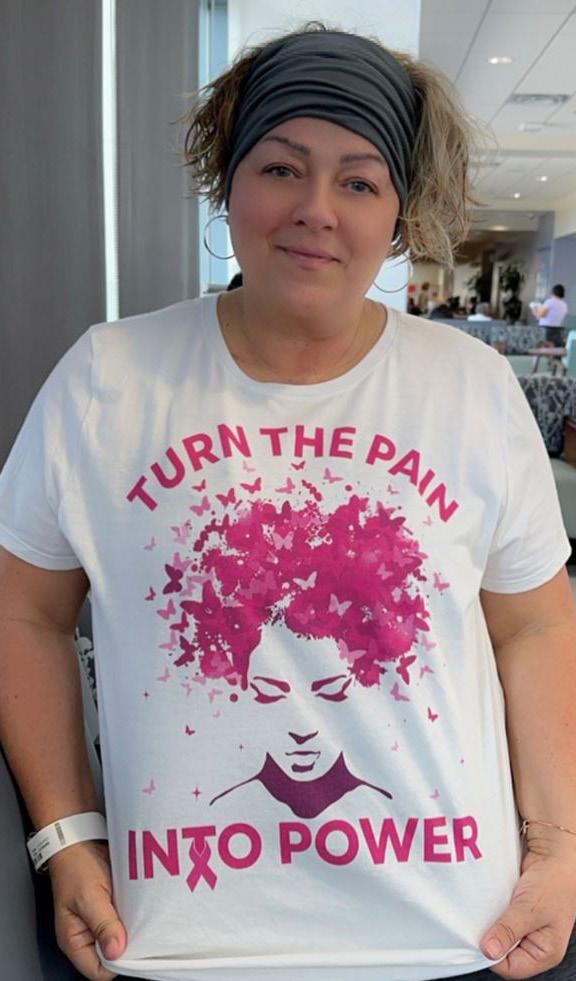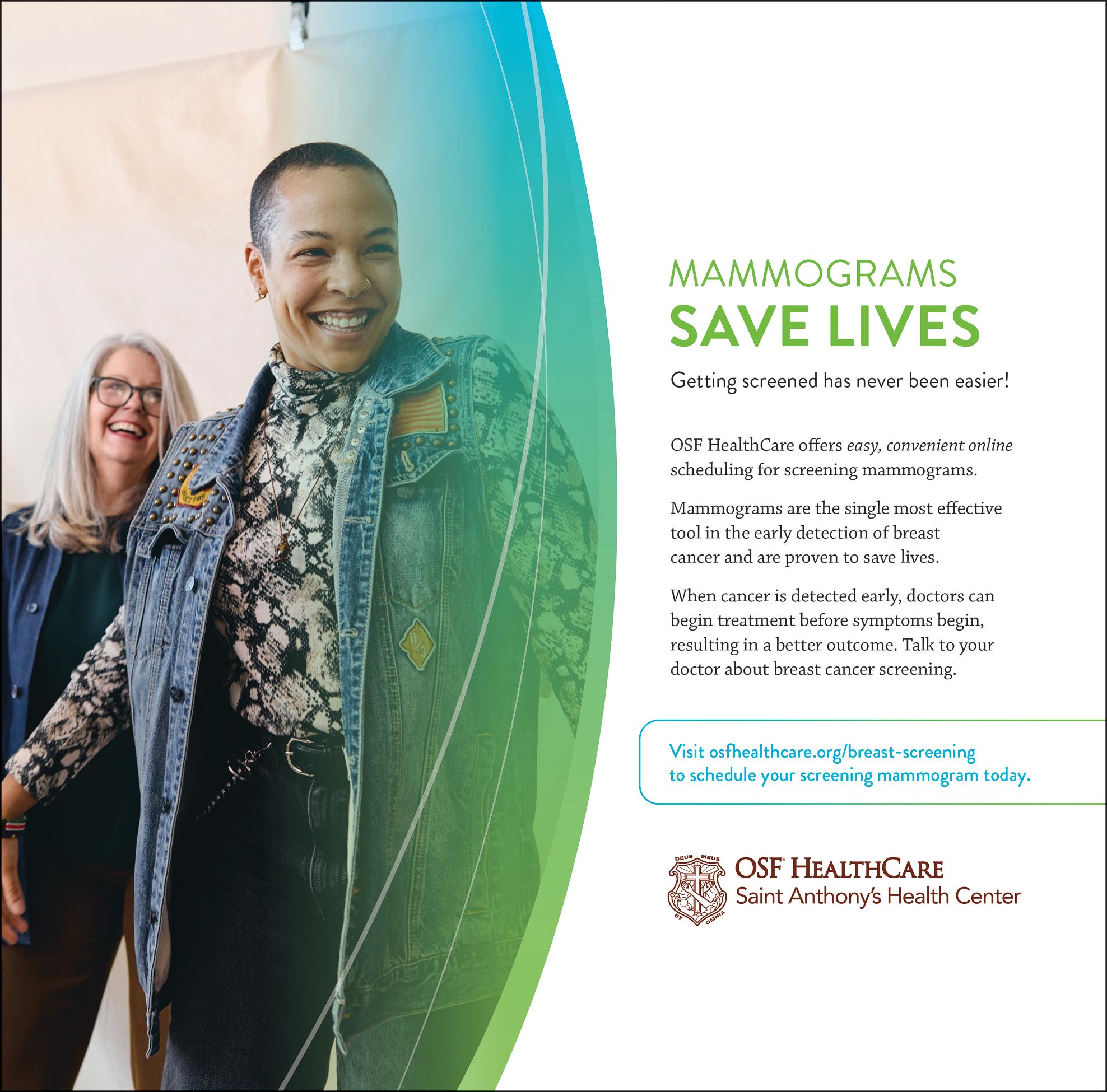
















Mammograms take images of breast tissue to determine the presence of abnormalities, including lumps. Women may undergo traditional, 2D mammograms, but increasingly many healthcare facilities are now employing 3D technology because it can provide clearer pictures.
A 3D mammogram, also called digital tomosynthesis, takes several different X-rays of the breasts and combines those images to establish a three-dimensional picture. The Mayo Clinic says that a 3D mammogram is typically used to search for breast cancer in people who may have no outward signs or symptoms. It also may be used to help diagnose the cause of a breast mass or nipple discharge. Doctors may suggest 3D imaging
to get a better look at any growths or help identify the source of any symptoms a person may be concerned about.
Two-dimensional mammograms are still the industry standard. The 3D versions are obtained in a similar fashion by pressing the breasts between two imaging plates. Rather than just taking images from the sides and top to bottom, the 3D version will take multiple angles to make a digital recreation of the breast. Medical News Today says this enables doctors to look at small, individual sections of the breast tissue that may be as thin as just a single millimeter.
A study published in the journal JAMA Oncology says cancer detection rates are higher in people who do 3D imaging over time.
Three-dimensional mammograms can be useful for women with dense breast tissue or those at higher risk for breast cancer. Although experts at MD Anderson Cancer Center advise any woman who needs a mammogram to get the 3D version. However, 3D mammography may not be covered by all insurance plans. It’s important to note that a 3D mammogram releases the same amount of radiation as a traditional mammogram. It is of no greater risk to the patient, and it is approved by the Food and Drug Administration. Also of note, because 3D mammograms produce more images, it may take a radiologist a little longer to read one than it would a 2D mammogram.
Three-dimensional mammograms are an option for women screening for breast cancer.
I am Alice Bartels and I am a 19 year breast cancer survivor. In 2004 our lives were busy making decisions for lighting, flooring, etc. for our new home. In May 2004, I went in for a normal screening mammogram. I received a call from my doctor’s office saying that I needed to return for a diagnostic mammogram. After completing this mammogram, the radiologist told us to wait 6 months and return for another mammogram. In January 2005, I was referred to Siteman Cancer Center and was diagnosed with bilateral breast cancer. I underwent a bilateral mastectomy with reconstruction in March 2005. I was very fortunate that my cancer was found early, My father’s side of the family has
a history of cancer and most of the family members that were diagnosed, did not survive. At the time of my surgery my son was a sophomore in college and my daughter was a sophomore in high school. I have been very fortunate to see my children graduate from high school and college, get married and have children.
After my diagnosis, I saw a commercial for a 3 day, 60 mile walk to raise funds for breast cancer research. I am not athletic, but decided I wanted to make a difference. Joined by my daughter, sister-in-law and niece I completed my first 60 mile walk in 2008, In September 2024, I finished my 17th walk. To date our Every Mile A Mammary team has donated over $340,000 to
breast cancer research. In 2010, our nonprofit organization Stridin’ & Survivin’ was created. We are a small but mighty group comprised of cancer survivors and family members of survivors and those lost, who want to make a difference in cancer research and patient services. We are very proud of the work we have done for cancer research, but wanted to help individuals close to home get through their cancer journey. In 2015 we were introduced to the St. Clare Share Gas Card Program. To date we have donated over $30,000 to this program. During the Covid pandemic, our volunteer, Debbie Wiemers made face masks and donated the money raised to create

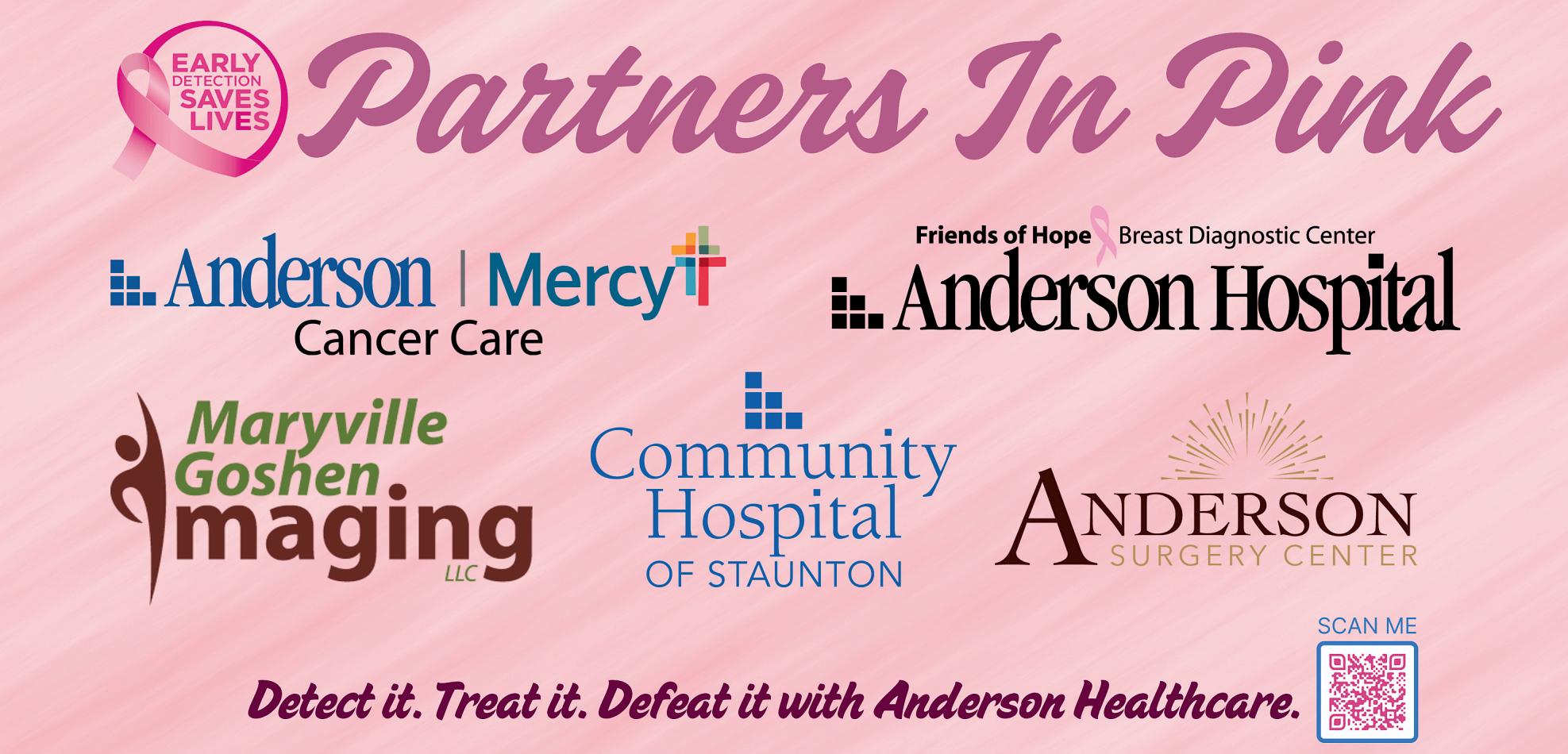
our own program Fuel
The Cure. Fuel The Cure sends gas cards to patients going through cancer treatments to help with the expense of traveling to and from treatments. If you know someone going through treatment, you can request a gas card by going to our website www.stridinandsurvivin. org and select the Fuel The Cure tab.
We also put together patient care packages that are distributed to local cancer treatment centers. We are currently doing a lap blanket/throw drive to help keep our patients warm this winter while undergoing treatments. The blankets/throws must be new to ensure the safety of the patients receiving
them. If anyone would like to make a blanket donation, they can email info@stridinandsurvivin. org or call Alice at 618973-6298.
Our organization hosts a vendor fair in the spring and fall. We hold our dinner auction in the spring and our annual yard sale in May. We will be hosting a Glo Bingo event at The Hall in Edwardsville on Friday, October 25, 2024. Tickets can be purchased at www. GiveButter.com/ SSGloBingo. For more information contact info@stridinandsurvivin. org.
If you are interested in being a volunteer with Stridin’ & Survivin’, please contact us at info@stridinandsurvivin. org.
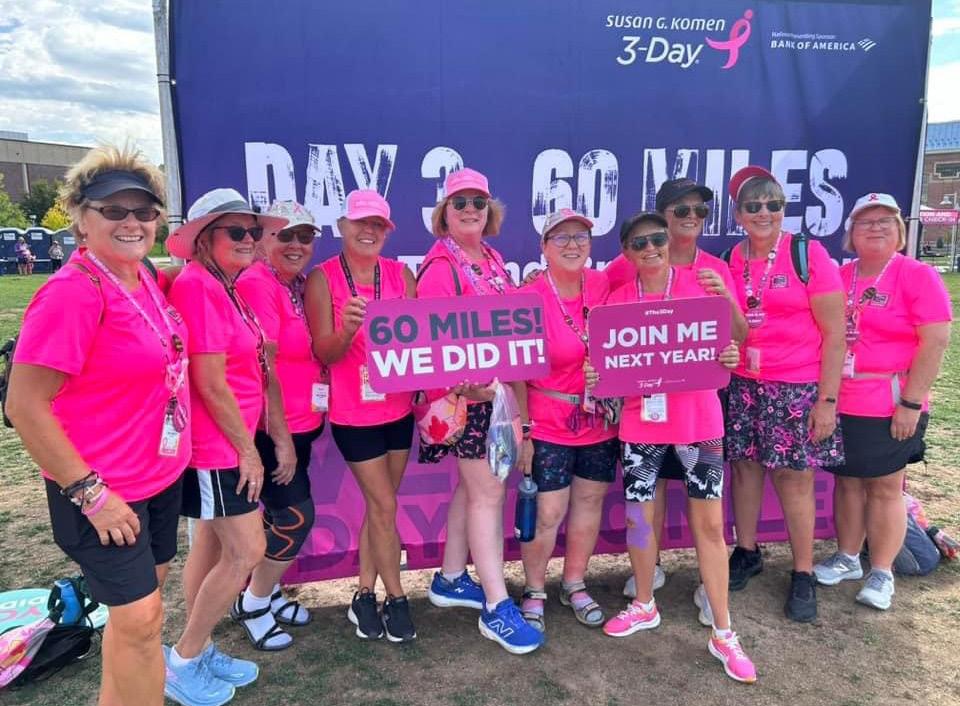





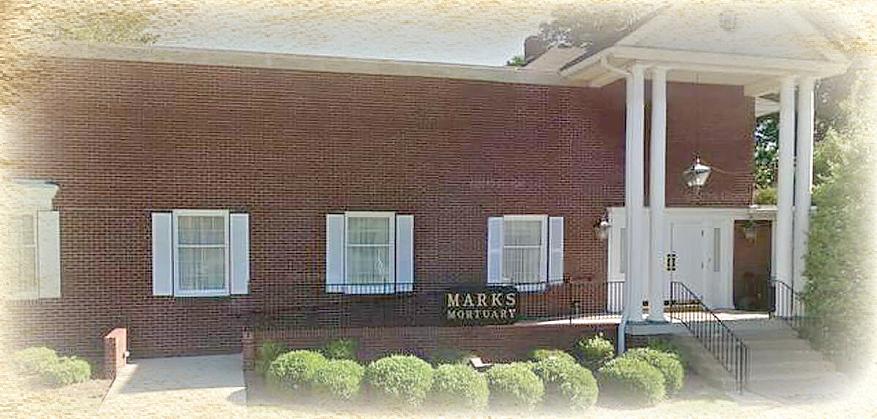



















A prevailing myth concerning breast cancer is that it only affects older women. Various medical organizations and institutions recommend women begin receiving mammograms starting at age 40, which may compel women younger than 40 to think that they are immune to breast cancer. Yale Medicine notes breast cancer in younger individuals is rare, but the organization reports it is the most common cancer among women between the ages of 15 and 39. In addition, a body of evidence points to a growing rate of breast cancer diagnoses in younger women.
The Cleveland Clinic says breast cancer in young women and people assigned female at birth is known as early-onset breast cancer. Even adolescents and young adults can get breast cancer. Although young people can get any form of breast
cancer, invasive ductal carcinoma and triple-negative breast cancer are the most common forms of the disease among young women.
Diagnoses of breast cancer have steadily risen in women under age 50 over the last 20 years, says the Washington University School of Medicine in St. Louis. Researchers believe the surge is largely driven by increases in the number of women diagnosed with estrogenreceptor positive tumors, which are cancerous tumors fueled by estrogen. The researchers also found higher rates of breast cancer among Black women, particularly those between the ages of 20 and 29. Black women in this age group were found to have a 53 percent increased risk of breast cancer.
The Breast Cancer Research Foundation says that breast cancers in women under age 40
are more likely to have features that contribute to poorer outcomes and prognoses. Larger tumor size, advanced tumor stage, negative hormone receptor status, and an over-expression of the HER2 protein are some such features. The BCRF also reports younger women are more likely to experience a recurrence at five and 10 years after therapy compared to older women. It is essential for younger women to be in tune with their bodies and learn to recognize any signs that may be indicative of breast cancer. Since annual screenings are not often part of preventative health plans for women younger than 40, adolescents and young adults need to alert their doctors if they suspect anything is wrong. Unfortunately, by the time a tumor in the breast can be felt, it likely has been present for some time already. Symptoms of
breast cancer may include:
• Inverted nipple
• Breast lump or a lump in armpit
• Breast pain
• Changes in the skin of the breast
• Nipple discharge with or without pain
• Swollen lymph nodes
Any of these signs should be discussed with a primary care physician or a gynecologist. Younger patients also are more likely to have a genetic connection to breast cancer. Individuals with one or more family members who were diagnosed with breast cancer are at higher risk and may want to consider screening at earlier ages. Breast cancer is not a disease that only affects women 40 and older. Younger people can get breast cancer, and it’s often a surprise and sometimes more aggressive.



